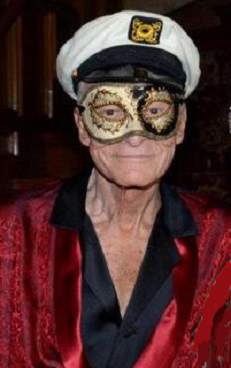The boyfriend and I decided to hop on a bus or two and visit Hohenau. Hohenau is a large town that boasts of a sizeable immigrant population and is rather close to a few other towns of interest, Obligado, Bella Vista, and Trinidad. This weekend was the Fiesta Nacional de las Colectividades, a festival celebrating the diverse cultures within the region. They had beauty queens, and booths selling foods from German, Paraguayan, Japanese, Italian, Ukrainian, Swiss, and Brazilian cultures.
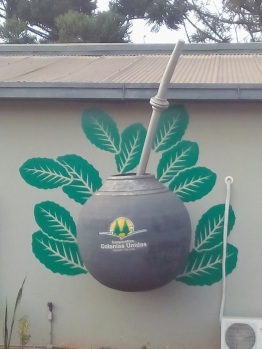 Las Colonias Unidas is a yerba mate cooperative
Las Colonias Unidas is a yerba mate cooperative 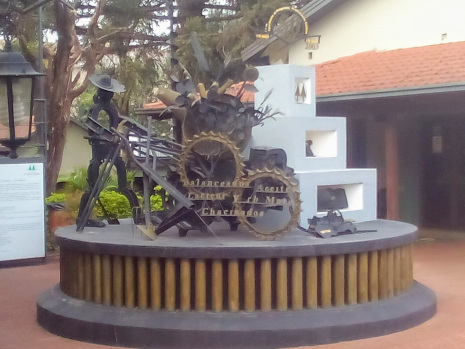 Las Colonias Unidas
Las Colonias Unidas 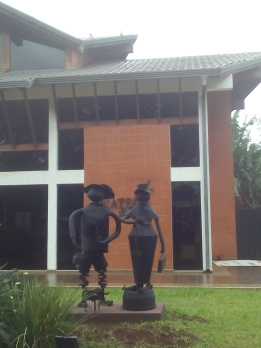 Neat statues in Bella Vista
Neat statues in Bella Vista 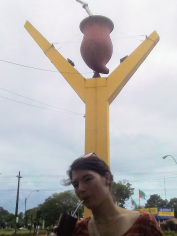 The biggest guampa ever
The biggest guampa ever 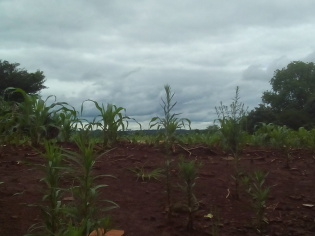 Bella Vista has some rural bits
Bella Vista has some rural bits 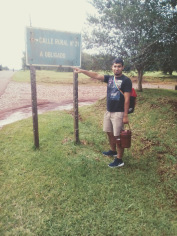 The boyfriend questioning my sanity. “You really want to walk 11 km down to Hohenau?”
The boyfriend questioning my sanity. “You really want to walk 11 km down to Hohenau?” 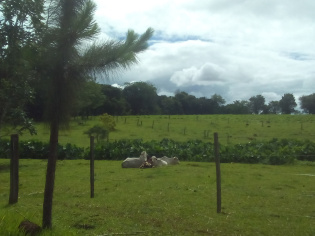 Scenic cows somewhere between Obligado and Bella Vista
Scenic cows somewhere between Obligado and Bella Vista
The 1930’s and 40’s saw a wave of immigration to Paraguay, especially from Eastern Europe, Germany, and Japan. Some were fleeing persecution during WWII. This is part of the reason that Argentina has a large Jewish population. Some were also looking for better opportunities as their countries were in ruins and there was no economic activity, such as the Ukrainians and Poles who came to Paraguay. My next door neighbors, an elderly couple in their early 80’s were the first generation born in Paraguay to native Ukrainians. Many of them came due to the promise of cheap land to farm and many did very well for themselves.
And then there were some who were avoiding the law after the war. An acquaintance told me his grandmother met Dr. Mengele, one of the Nazi doctors that experimented on humans at Auschwitz. He emigrated to South American and per Wikipedia, hopped between Paraguay, Brazil, and Argentina. His history was unknown to the inhabitants in Paraguay. He was just known as Doctor Mboi, or Doctor Snake because snake venom was utilized in some of his remedies. He apparently worked as a vet and doctor, doing home visits. Mossad, a Jewish organization, tried to track him down to extradite him for trail, but was unsuccessful. They did however kidnap and extradite Adolf Eichmann in Argentina, also a high up Nazi official, who was eventually executed.
Some of the Nazi enclaves have survived until this day. The British couple in my town told me of accidentally being invited to a Nazi shindig in another part of Paraguay. They were visiting a town and there appeared to be a festival happening. As the couple happens to be blond and fair skinned, they were invited in, not realizing what they were walking into. People tend to be friendly like that here so they thought nothing of it. Until they got to the backroom and saw all of the Nazi swag. They quickly made excuses (“Gee! Look at the time! No one took our picture did they?”) and left. Not long ago, a house in Argentina was discovered full of hidden Nazi regalia that likely belonged to a top officer.
Nazis aside, many of the groups that came to Paraguay adapted in part to the culture, but also retained elements of their own culture. Itapúa, my department, is dotted with Ukrainian Greco-Roman Catholic Churches, brightly colored buildings with shiny domes. Varenyky, better known in the states by its Russian name- pierogi, is a typical dish in this area. There are pockets of Japanese owned shops in Encarnación and La Paz, with a host of imported products. I found chocolate-flavored stollen, the German Christmas bread, in the supermarket in Hohenau.
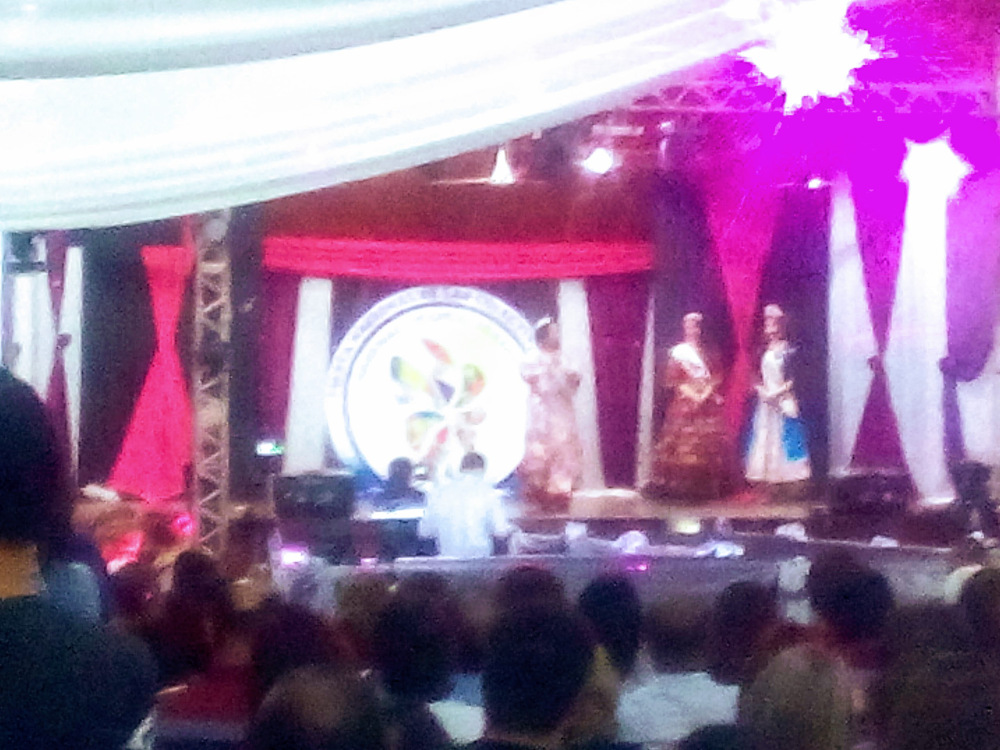
Excuse the poor photo quality- Pictured are the Japanese, Paraguayan, and another beauty queen of unknown ethnicity.
The festival was entertaining, with people selling all manner of foods- spring rolls, varenyky, Swiss bonbons, Italian beer, etc. A fellow from my community was wandering from food stand to food stand playing the accordion. The Japanese beauty queen not only spoke in Spanish and Japanese, but also addressed the crowd in Guarani. While generally against the whole sexist institution of beauty pageants, I do agree with her message. The community is more robust and full of life when we embrace the diversity of the group and figure out how to live together, despite our differences.
Advertisements Share this:


